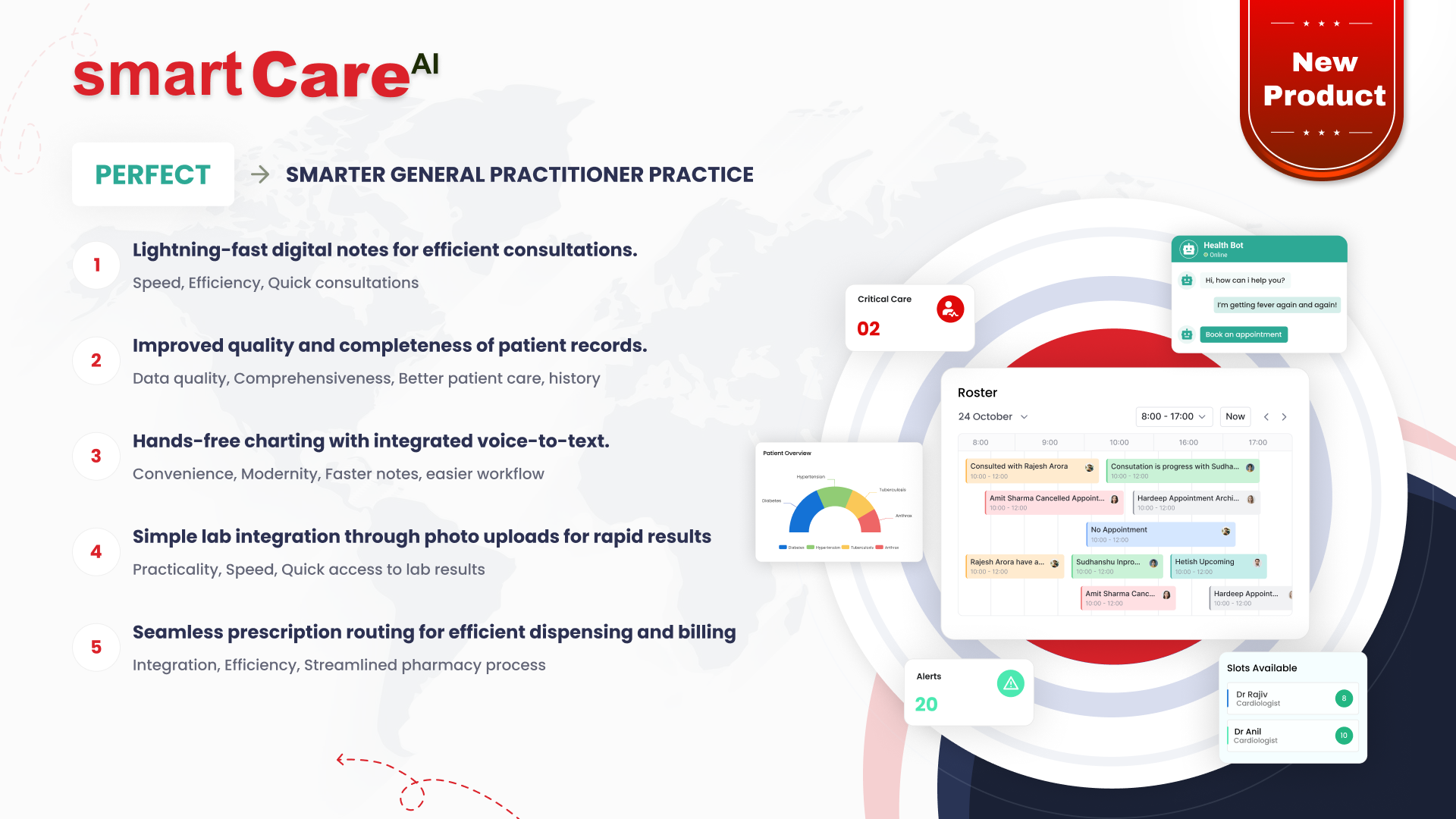How One Bad Employee Can Spoil the Whole Team at Workplace?
When we were kids, we all have heard this quote quite frequently and we hardly understood the real meaning behind this line. But as we are professionals now and we work in teams with our peers, these lines or statements makes sense and we can relate them. “Either a bad fish or a rotten apple, both will ruin their surroundings by contaminating with their bad influence and that’s the least acceptable thing in an organization and we would not want that to happen in our teams at our work places at any cost. An individual’s behavior at workplace is affected by the actions of his co-workers and his team. We all know it well that it is easier to grasp a disruptive behavior than a good behavior. The contagiousness of a bad employee can turn your most honest and valuable employees into bad ones and they too shall tend to commit misconduct if they work alongside a bad, dishonest and a disruptive individual. If we think that our honest employees would prompt the dishonest ones to behave well, that’s rarely the case because the dishonest employee will criticize always no matters what good or bad happens to him in his organization. It is found in a survey that 37% employees in an organization are likely to commit misconduct if they get to work with an employee who has a history of disruptive behavior or misconduct with his peers. This implies that on an average, one misconduct by a dishonest employee results in 0.59 cases of misconduct through its coworkers and peer effects. The employees having such disruptive behavior tend to do the followings in an organization
- Irritate coworkers, spread negativity and frustrate them
- Tend to argue with the team managers or with peers
- Take long breaks and promote absenteeism

